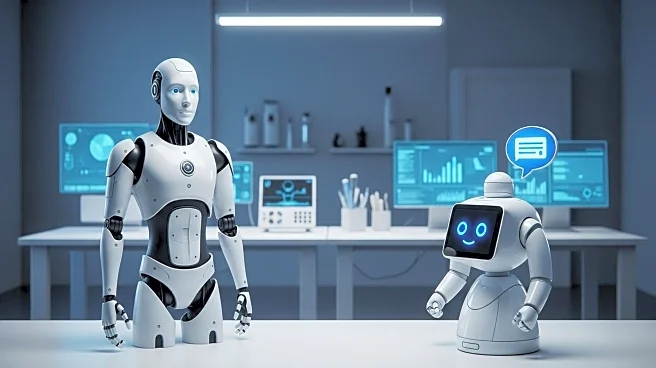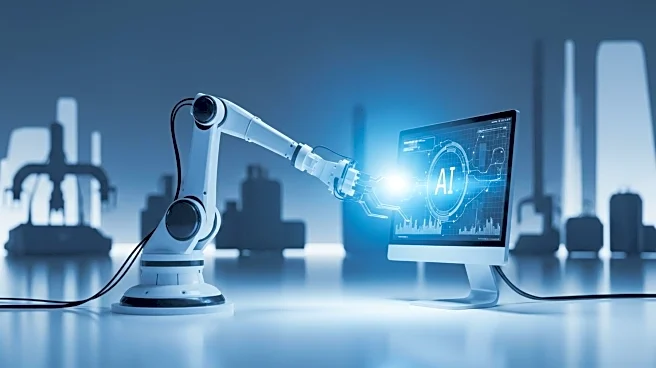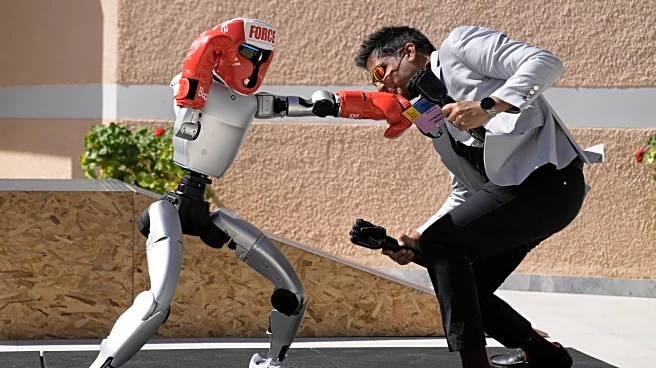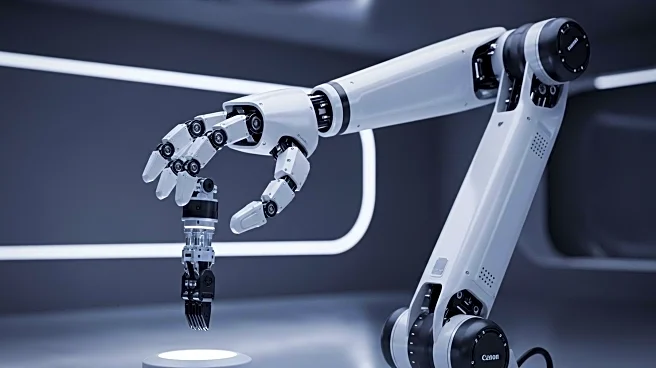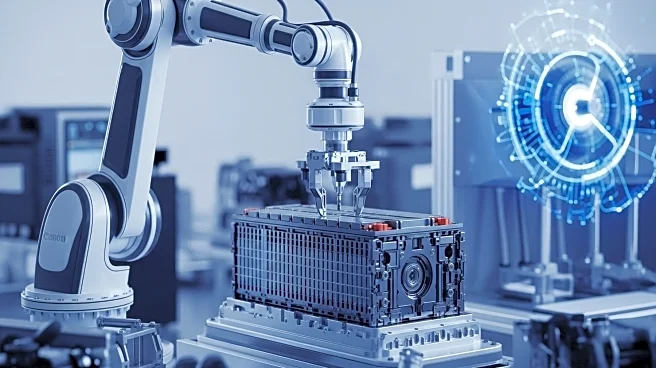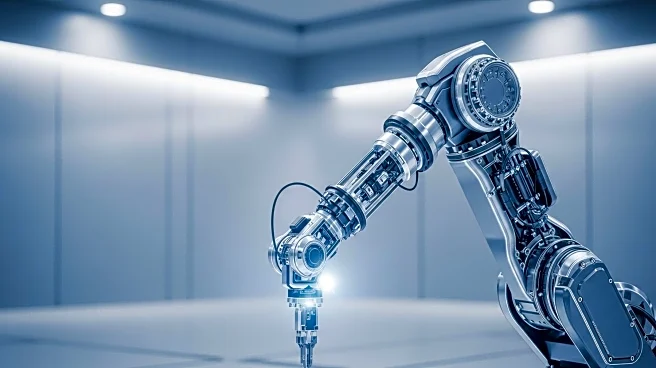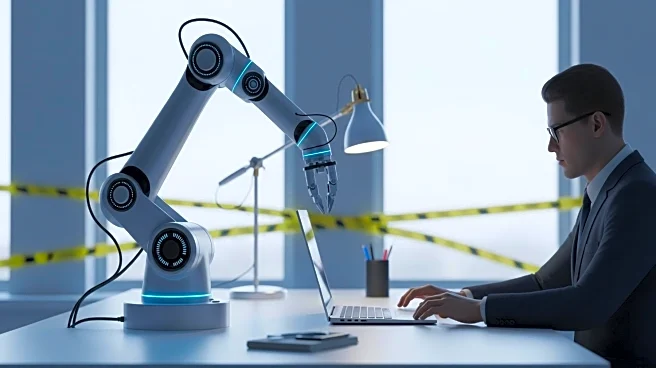What's Happening?
Despite rapid advancements in AI chatbots, humanoid robots are not progressing at the same pace in acquiring real-world skills. According to UC Berkeley roboticist Ken Goldberg, the '100,000-year data gap' highlights the disparity between the vast text data available for training language models and the limited data for training robots. This gap poses a significant challenge for developing robots capable of complex tasks like surgery or household chores. The debate among roboticists centers on whether to focus on data collection or traditional engineering to advance humanoid robotics.
Why It's Important?
The slow progress in humanoid robotics compared to AI chatbots has implications for industries relying on automation. While chatbots can handle language tasks efficiently, the lack of dexterity in robots limits their application in fields requiring physical interaction. This gap affects sectors like manufacturing, healthcare, and domestic services, where robots could potentially replace human labor. The ongoing debate in the robotics community about the best approach to advance humanoid capabilities will shape the future of automation and its impact on the workforce.
What's Next?
The robotics field is at a crossroads, with researchers exploring new paradigms to bridge the data gap. Future developments may involve hybrid approaches combining traditional engineering with data-driven methods. As the debate continues, stakeholders in industries affected by robotics advancements will need to monitor progress and adapt to potential changes in labor dynamics.
